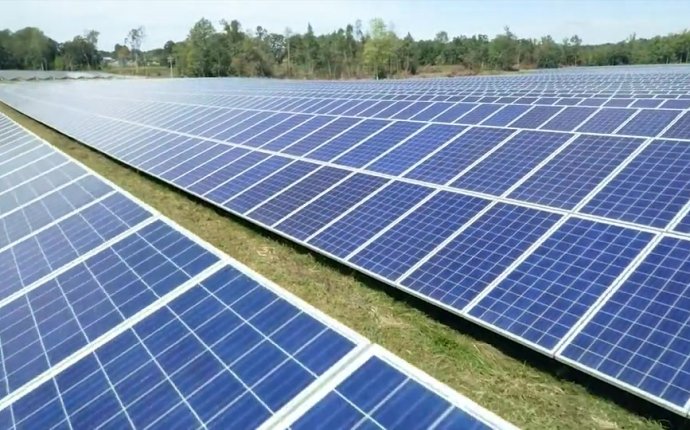
Company that Make solar Panels
 The coating consists of nanoparticles and organic materials. The former absorbs the infrared photons and passes the energy onto the latter, which emit fewer, but higher-energy, visible-light photons. “Put simply, the inorganics in the composite material take light in; the organics get light out. This 550-nanometer light can be absorbed by any solar cell material, ” says Christopher Bardeen, a professor of chemistry at University of California Riverside, in a press release.
The coating consists of nanoparticles and organic materials. The former absorbs the infrared photons and passes the energy onto the latter, which emit fewer, but higher-energy, visible-light photons. “Put simply, the inorganics in the composite material take light in; the organics get light out. This 550-nanometer light can be absorbed by any solar cell material, ” says Christopher Bardeen, a professor of chemistry at University of California Riverside, in a press release.
This magic material, which “upconverts” light essentially by changing its color, can boost the power output of a solar panel by almost a third. This in turn means that a solar installation can be made smaller for a given power output. And because land and labor make up the majority of the costs of a solar installation, these installations can be made much cheaper. It also makes smaller panels more practical and could make personal rooftop power viable in otherwise marginal environments–where the sun doesn’t always shine, for example.
It’s not just solar panels that can make use of this technology. The material can change the color of light, rather than merely filter it. A filter, like the colored lenses in old-timey 3-D glasses, work by cutting out light–a green filter blocks red and blue light and so on. Bardeen and assistant professor Ming Lee Tang’s material actually changes the color of all the light.
An LCD screen today has a colored filter over each pixel to make it red, green or blue. If those filters could instead take the discarded two-thirds of the light and change it to match the target color, you’d have a screen that needed much less energy. Given that the biggest battery drain in your phone or tablet is the screen, that’s a pretty big deal.









